HMS Prince of Wales has carried out a complex double replenishment at sea (RAS) in the Philippine Sea, taking on fuel, ammunition, and supplies while maintaining continuous flying operations, according to a press release.
The UK’s flagship aircraft carrier is leading the Carrier Strike Group towards Japan as part of Operation Highmast, a seven-month Indo-Pacific deployment involving regional allies and partners. The replenishment marked the first time since leaving the UK in April that the carrier has received solid stores, including food, engineering parts, equipment, and munitions, at sea.
The operation saw Royal Fleet Auxiliary tanker RFA Tidespring supply fuel on the port side while the US Navy’s USNS Wally Schirra transferred ammunition and provisions on the starboard side. It was also the first time a US Navy T-AKE replenishment vessel has conducted a RAS with a Royal Navy Queen Elizabeth-class carrier.
Commander Mathew Gee, Group Logistics Commander for the UK Carrier Strike Group, said in the release: “Sustaining any ship at sea is critical in maintaining operational tempo, reach, and readiness without relying on port infrastructure. For HMS Prince of Wales to conduct a simultaneous replenishment, with both UK and USA support ships, highlights the operational flexibility of the Queen Elizabeth-class and strength of our alliances.”
Lieutenant Commander Thomas Parsons, the carrier’s Navigator, added: “This was the first time a Queen Elizabeth-class has transferred ammunition and stores from a USNS vessel, concurrently replenishing fuel from a UK tanker, all while launching F-35Bs and launching and recovering rotary wing aircraft. It was an extremely demanding and challenging serial from a navigational perspective… It shows the professionalism and flexibility of our workforce across all branches and the enormous capability of our aircraft carrier.”
The Carrier Strike Group’s deployment has so far taken it through the Mediterranean, Middle East, and Indian Ocean, with visits to Singapore and Australia.


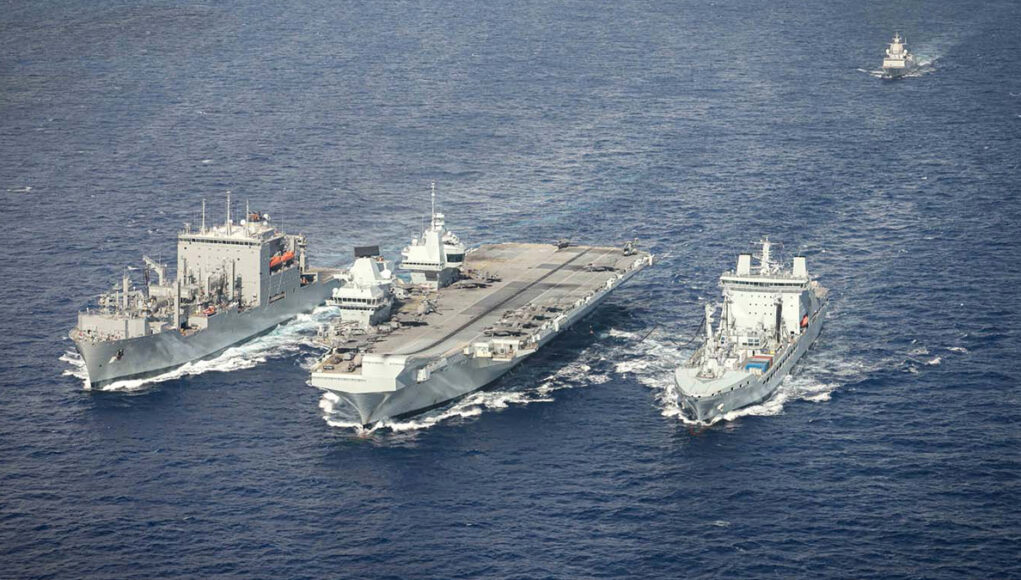
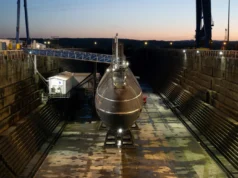

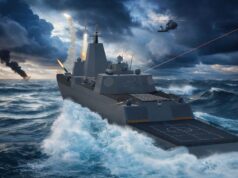
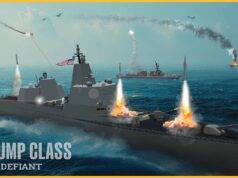



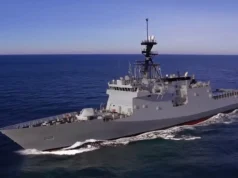
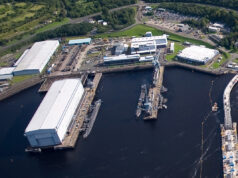

The Chinese have to be watching and learning but, are they ready to attempt it yet?
Interesting Q. Who pays for what and are there NATO tariffs for example?
Serious cash exchanging hands with these serials.
Well done to all involved in what is a great achievement.
Still not as good as the 1960’s we were doing a solids and fuel RAS regularly four abreast with a frigate or destroyer on the other side of the old RFA Tidespring.
Exactly, 4 or even 5 abreast RASs were not unusual until the 1980’s when task groups of up to a dozen thirsty RN warships needed refuelling and re-storing as quickly as possible – whilst the weather and threat level was acceptable. Just another sign of how the RN and RFA have moved backwards in all too many ways. In another example I was shocked to discover recently that major RN warships no longer have some crew members trained as (non-dedicated) ship divers – either that is smallest but possibly worst defence cut ever, or it’s a truly ridiculous application of Health and Safety rules.
It has seemed to me that the whole RN is now an example of how not to run a navy but run one down. In the 1960’s there was more ships in the far east than in the whole navy now. This country will regret the rundown of all the services, as I believe politicians believe weapons are bought like tins of beans off a shelf at Tesco and people trained in a week on an iPad.
Reading your and RBs comments and it got me wondering if the RN/RFA still practice RAS-L Stern. Maybe one of you know.
I have no idea about now, but I remember practicing it in the 1960’s.
I never encountered that, but given that the RN is looking at using commercial tankers for refuelling it may be something that we will start seeing again. 5 years ago transferring traditional RN military tasks to the RFA was all the vogue – supposedly quick to implement, more efficient, and most importantly of all … cheaper. I now seriously wonder if the RFA is going to survive in its current form.
Yes we do look at article in Jun with Tidesurge stern RASing Tideforce
I noticed in other pictures that they added a decoy launcher next to the Bushmaster cannon mount at the stern.
The US Navy and the Royal Navy- perfect together.